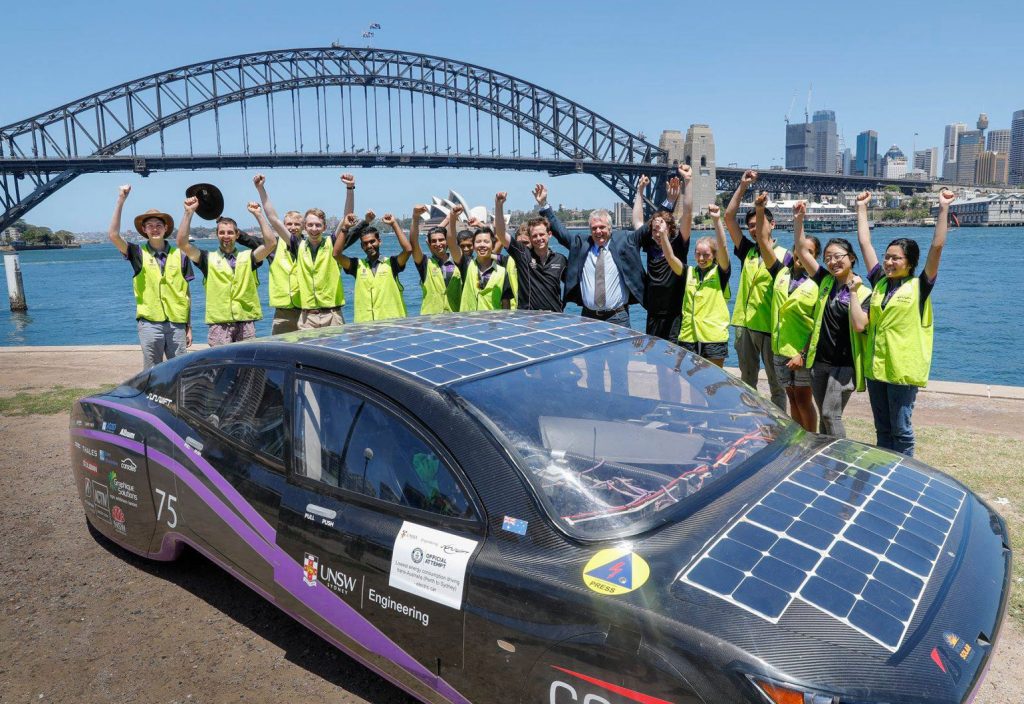A multidisciplinary team of students from the University of NSW has set a mark recognised by the Guinness World Records after a six-day solar-powered car expedition across the country.
The student-built car, lovingly named Violet, made the 4100 km journey from Perth to Sydney on just 3.25 kWh/100 km. According to UNSW, this is around 17 times less than the average Australian car.
To put this in perspective, Violet travelled an average of 600 km per day and consumed 20-24 kWh – roughly equivalent to a standard household’s daily energy use.
This performance smashed the previous world record of 5.5 kWh/100 km. In a media release, the university reported the total running cost for the expedition was less than $50.
Mark Hoffman, UNSW’s Dean of Engineering, said the students had pushed the boundaries of modern engineering and proven that solar-powered cars are likely to be a big part of Australia’s motoring future.
“This is what a university degree should entail – actual hands-on experience and overcoming real-world challenges,” Hoffman added.
Overcoming setbacks
The UNSW Sunswift team’s world record is all the more impressive in light of the challenges they needed to overcome.
These included handling Violet’s “lively” performance on the road, and recovering from a rear suspension failure and battery fire.
In spite of these hurdles, the students arrived at Sydney two days ahead of schedule. Team member Courtney Morris, who is studying mechanical engineering and served as the mechanical team lead, said she was excited Violet made it safely to her destination.
“It’s always so nerve-racking to see the car that you built with your own hands on the road; I’m always afraid that something could change at any moment, but it all went pretty well and the team dynamic was great,” Morris explained.
Violet is the team’s sixth-generation vehicle. The first vehicle was Sunswift I, built in 1996. According to the team’s website, Violet has been designed with comfort and aesthetics in mind. Features include four doors, a streamlined profile, front and rear boot space, GPS and an interactive screen, parking sensors and a reverse camera.
The carbon fibre chassis is powered by a 5 square metre solar panel array, which is made up of 318 monocrystalline silicon cells. The array’s energy conversion efficiency is about 22 per cent, and it is backed up by 10-20 kWh of modular lithium ion batteries.
Following their success, the Sunswift team has returned home to rest before preparing Violet for her next campaign – the Bridgestone World Solar Challenge in October 2019.

